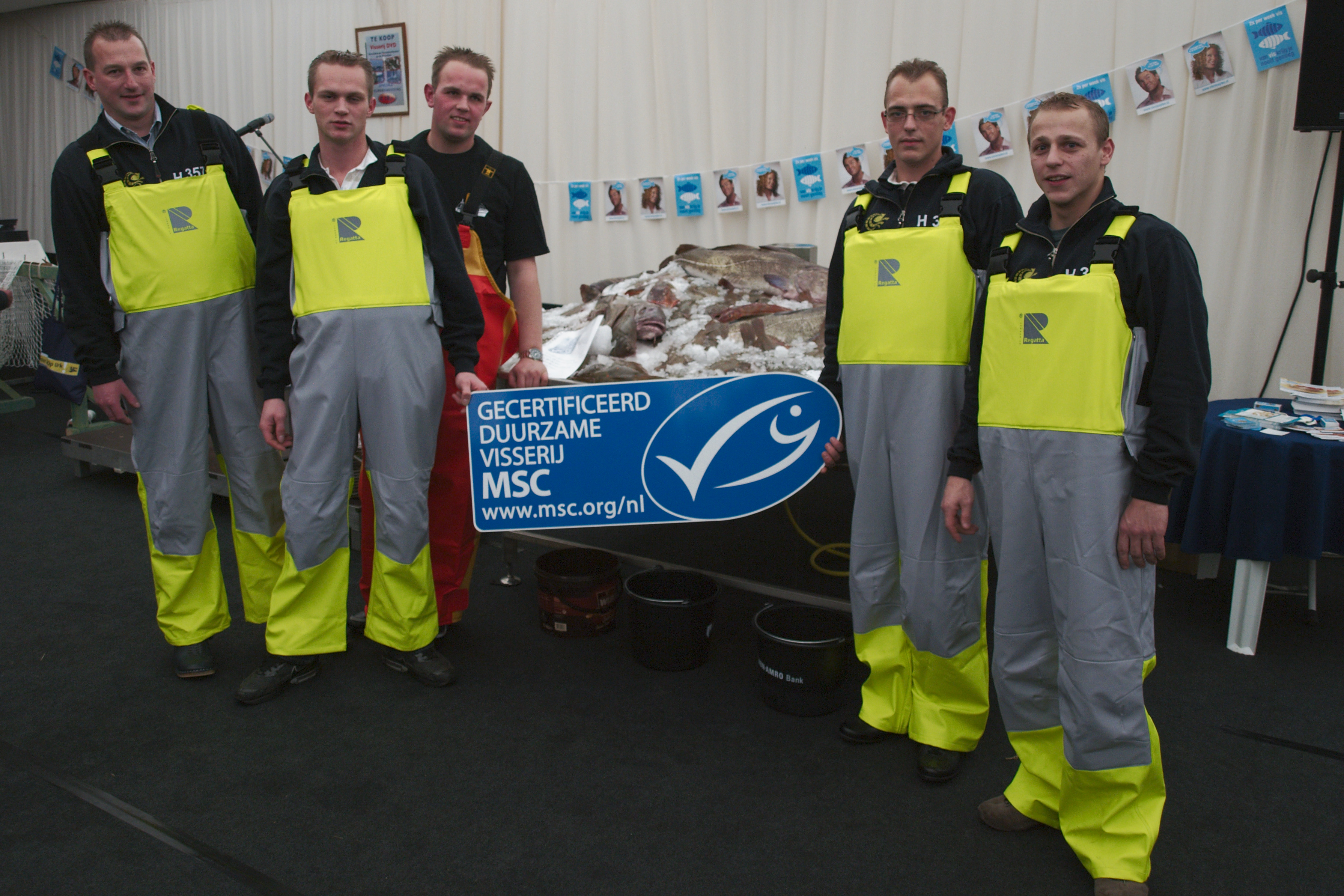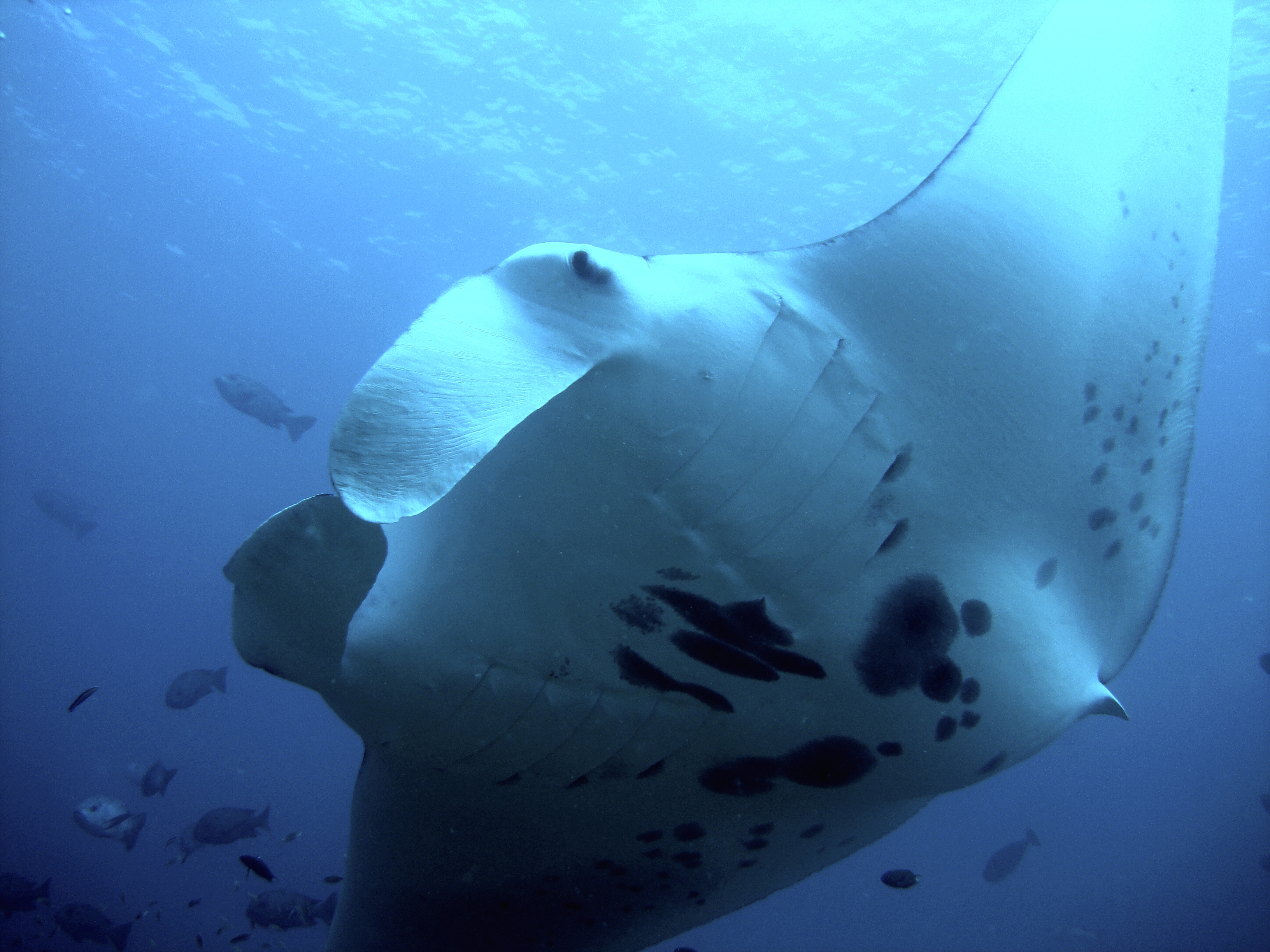|
Sting Ray
Stingrays are a group of sea rays, which are cartilaginous fish related to sharks. They are classified in the suborder Myliobatoidei of the order Myliobatiformes and consist of eight families: Hexatrygonidae (sixgill stingray), Plesiobatidae (deepwater stingray), Urolophidae (stingarees), Urotrygonidae (round rays), Dasyatidae (whiptail stingrays), Potamotrygonidae (river stingrays), Gymnuridae (butterfly rays) and Myliobatidae (eagle rays). There are about 220 known stingray species organized into 29 genera. Stingrays are common in coastal tropical and subtropical marine waters throughout the world. Some species, such as the thorntail stingray (''Dasyatis thetidis''), are found in warmer temperate oceans and others, such as the deepwater stingray (''Plesiobatis daviesi''), are found in the deep ocean. The river stingrays and a number of whiptail stingrays (such as the Niger stingray (''Fontitrygon garouaensis'')) are restricted to fresh water. Most myliobatoids are demersa ... [...More Info...] [...Related Items...] OR: [Wikipedia] [Google] [Baidu] |
Southern Stingray
The southern stingray (''Hypanus americanus'') is a whiptail stingray found in tropical and subtropical waters of the Western Atlantic Ocean from New Jersey to southern Brazil. It has a flat, diamond-shaped disc, with a mud brown, olive, and grey dorsal surface and white underbelly (ventral surface). The barb on its tail is serrated and covered in a venomous mucus, used for self-defense. Description The southern stingray is adapted for life on the sea bed. Its flattened, diamond-shaped body is more angular than other rays.Southern Stingray Southern stingray Biological Profile, Ichthyology Department, Florida Museum of Natural History (August, 2007) - via ARKive The top of the body varies between olive brown and green in adults, dark grey in juveniles, whilst the underside is white. [...More Info...] [...Related Items...] OR: [Wikipedia] [Google] [Baidu] |
Deepwater Stingray
The deepwater stingray or giant stingaree (''Plesiobatis daviesi'') is a species of stingray and the sole member of the family Plesiobatidae. It is widely distributed in the Indo-Pacific, typically over fine sediments on the upper continental slope at depths of . This species reaches in length and in width. It has an oval pectoral fin disc with a long, flexible, broad-angled snout. Most of the entire latter half of its tail supports a distinctively long, slender, leaf-shaped caudal fin. Its coloration is dark above and white below, and its skin is almost completely covered by tiny dermal denticles. Preying on crustaceans, cephalopods, and bony fishes, the deepwater stingray may hunt both on the sea floor and well above it in open water. It is probably aplacental viviparous, with the mother supplying her gestating young with histotroph ("uterine milk"). Captured rays merit caution due to their long, venomous stingers. This species is taken by deepwater commercial fisheries ... [...More Info...] [...Related Items...] OR: [Wikipedia] [Google] [Baidu] |
Unregulated Fishing
Illegal, unreported and unregulated fishing (IUU) is an issue around the world. Fishing industry observers believe IUU occurs in most fisheries, and accounts for up to 30% of total catches in some important fisheries. Illegal fishing takes place when vessels or harvesters operate in violation of the laws of a fishery. This can apply to fisheries that are under the jurisdiction of a coastal state or to International waters, high seas fisheries regulated by regional fisheries management organisations (RFMO). According to the UN Food and Agriculture Organization (FAO), Fisheries and Aquaculture Department, illegal fishing has caused losses estimated at US$23 billion per year. Unreported fishing is fishing that has been unreported or misreported to the relevant national authority or RFMO, in contravention of applicable laws and regulations. Unregulated fishing generally refers to fishing by vessels without nationality, vessels flying the flag of a country not party to the RFMO go ... [...More Info...] [...Related Items...] OR: [Wikipedia] [Google] [Baidu] |
Extinction
Extinction is the termination of a kind of organism or of a group of kinds (taxon), usually a species. The moment of extinction is generally considered to be the death of the last individual of the species, although the capacity to breed and recover may have been lost before this point. Because a species' potential range may be very large, determining this moment is difficult, and is usually done retrospectively. This difficulty leads to phenomena such as Lazarus taxa, where a species presumed extinct abruptly "reappears" (typically in the fossil record) after a period of apparent absence. More than 99% of all species that ever lived on Earth, amounting to over five billion species, are estimated to have died out. It is estimated that there are currently around 8.7 million species of eukaryote globally, and possibly many times more if microorganisms, like bacteria, are included. Notable extinct animal species include non-avian dinosaurs, saber-toothed cats, dodos, m ... [...More Info...] [...Related Items...] OR: [Wikipedia] [Google] [Baidu] |
List Of Threatened Rays
__NOTOC__ Threatened rays are those vulnerable to endangerment (extinction) in the near future. The International Union for Conservation of Nature ( IUCN) ranks threatened species in three categories: :: Vulnerable species :: Endangered species :: Critically endangered species The term ''threatened'' strictly refers to these three categories (critically endangered, endangered and vulnerable), while ''vulnerable'' is used to refer to the least at risk of these categories. The terms can be used somewhat interchangeably, as all ''vulnerable'' species are threatened, all ''endangered'' species are vulnerable and threatened, and all ''critically endangered'' species are endangered, vulnerable and threatened. Threatened species are also referred to as a red-listed species, as they are listed in the IUCN Red List of Threatened Species. Together rays and sharks make up the class of modern cartilaginous fishes. Modern fish are either cartilaginous or bony. Cartilaginous fishes ... [...More Info...] [...Related Items...] OR: [Wikipedia] [Google] [Baidu] |
Florida Museum Of Natural History
The Florida Museum of Natural History (FLMNH) is Florida's official state-sponsored and chartered natural-history museum. Its main facilities are located at 3215 Hull Road on the campus of the University of Florida in Gainesville. The main public exhibit facility, Powell Hall and the attached McGuire Center, is located in the Cultural Plaza, which it shares with the Samuel P. Harn Museum of Art and the Curtis M. Phillips Center for the Performing Arts. The main research facility and former public exhibits building, Dickinson Hall, is located on the east side of campus at the corner of Museum Road and Newell Drive. On April 18, 2012, the American Institute of Architects's Florida chapter placed Dickinson Hall on its list of Florida Architecture: 100 Years. 100 Places as the Florida Museum of Natural History / Formerly Florida Museum of Natural Sciences. Powell Hall's permanent public exhibits focus on the flora, fauna, fossils, and historic peoples of the state of Florida. The ... [...More Info...] [...Related Items...] OR: [Wikipedia] [Google] [Baidu] |
Pelagic
The pelagic zone consists of the water column of the open ocean, and can be further divided into regions by depth (as illustrated on the right). The word ''pelagic'' is derived . The pelagic zone can be thought of as an imaginary cylinder or water column between the surface of the sea and the bottom. Conditions in the water column change with depth: pressure increases; temperature and light decrease; salinity, oxygen, micronutrients (such as iron, magnesium and calcium) all change. Marine life is affected by bathymetry (underwater topography) such as the seafloor, shoreline, or a submarine seamount, as well as by proximity to the boundary between the ocean and the atmosphere at the ocean surface, which brings light for photosynthesis, predation from above, and wind stirring up waves and setting currents in motion. The pelagic zone refers to the open, free waters away from the shore, where marine life can swim freely in any direction unhindered by topographical constraints. Th ... [...More Info...] [...Related Items...] OR: [Wikipedia] [Google] [Baidu] |
Eagle Ray
The eagle rays are a group of cartilaginous fishes in the family Myliobatidae, consisting mostly of large species living in the open ocean rather than on the sea bottom. Eagle rays feed on mollusks and crustaceans, crushing their shells with their flattened teeth. They are excellent swimmers and are able to breach the water up to several metres above the surface. Compared with other rays, they have long tails, and well-defined, rhomboidal bodies. They are ovoviviparous, giving birth to up to six young at a time. They range from in length and 7 m (23 ft) in wingspan. Classification Nelson's book ''Fishes of the World'' treats cownose rays, mantas, and devil rays as subfamilies in the Myliobatidae. However, most authors (including William Toby White) have preferred to leave the Rhinopteridae and Mobulidae outside of the Myliobatidae. White (2014) retained three genera (''Aetobatus'', ''Aetomylaeus'', and ''Myliobatis'') in the Myliobatidae, while a fourth (''Pteromylaeus'') was ... [...More Info...] [...Related Items...] OR: [Wikipedia] [Google] [Baidu] |
Pelagic Stingray
The pelagic stingray (''Pteroplatytrygon violacea'') is a species of stingray in the family Dasyatidae, and the sole member of its genus. It is characterized by the wedge-like shape of its pectoral fin disc, which is much wider than long, as well as by the pointed teeth in both sexes, whip-like tail with extremely long tail spine, and uniform violet to blue-green coloration. It generally reaches in width. The pelagic stingray has a worldwide distribution in waters warmer than , and migrates seasonally to spend the summer closer to the continental shelf and at higher latitudes. The only stingray that almost exclusively inhabits the open ocean, this species is typically found in surface waters down to a depth of . As a consequence of its midwater habits, its swimming style has evolved to feature more of a flapping motion of the pectoral fins, as opposed to the disc margin undulations used by other, bottom-dwelling stingrays. The diet of the pelagic stingray consists of free-s ... [...More Info...] [...Related Items...] OR: [Wikipedia] [Google] [Baidu] |
Water Column
A water column is a conceptual column of water from the surface of a sea, river or lake to the bottom sediment.Munson, B.H., Axler, R., Hagley C., Host G., Merrick G., Richards C. (2004).Glossary. ''Water on the Web''. University of Minnesota-Duluth. Retrieved 27 May 2014. Descriptively, the deep sea water column is divided into five parts—'' pelagic zones'' (from Greek πέλαγος (pélagos), 'open sea')—from the surface to below the floor, as follows: ''epipelagic'', from the surface to 200 meters below the surface; ''mesopelagic'', from 200 to 1000 meters below the surface; '' bathypelagic'', from 1000 to 4000 meters below the surface; ''abyssopelagic'', from 4000 meters below the surface to the level sea floor; ''hadopelagic'', depressions and crevices below the level sea floor. The concept of water column is useful since many aquatic phenomena are explained by the incomplete vertical mixing of waters with discrete chemical, physical or biological characteristics. Fo ... [...More Info...] [...Related Items...] OR: [Wikipedia] [Google] [Baidu] |
Demersal
The demersal zone is the part of the sea or ocean (or deep lake) consisting of the part of the water column near to (and significantly affected by) the seabed and the benthos. The demersal zone is just above the benthic zone and forms a layer of the larger profundal zone. Being just above the ocean floor, the demersal zone is variable in depth and can be part of the photic zone where light can penetrate, and photosynthetic organisms grow, or the aphotic zone, which begins between depths of roughly and extends to the ocean depths, where no light penetrates. Fish The distinction between demersal species of fish and pelagic species is not always clear cut. The Atlantic cod (''Gadus morhua'') is a typical demersal fish, but can also be found in the open water column, and the Atlantic herring (''Clupea harengus'') is predominantly a pelagic species but forms large aggregations near the seabed when it spawns on banks of gravel. Two types of fish inhabit the demersal zone: those ... [...More Info...] [...Related Items...] OR: [Wikipedia] [Google] [Baidu] |
Fresh Water
Fresh water or freshwater is any naturally occurring liquid or frozen water containing low concentrations of dissolved salts and other total dissolved solids. Although the term specifically excludes seawater and brackish water, it does include non- salty mineral-rich waters such as chalybeate springs. Fresh water may encompass frozen and meltwater in ice sheets, ice caps, glaciers, snowfields and icebergs, natural precipitations such as rainfall, snowfall, hail/ sleet and graupel, and surface runoffs that form inland bodies of water such as wetlands, ponds, lakes, rivers, streams, as well as groundwater contained in aquifers, subterranean rivers and lakes. Fresh water is the water resource that is of the most and immediate use to humans. Water is critical to the survival of all living organisms. Many organisms can thrive on salt water, but the great majority of higher plants and most insects, amphibians, reptiles, mammals and birds need fresh water to survive. Fresh ... [...More Info...] [...Related Items...] OR: [Wikipedia] [Google] [Baidu] |
.jpg)



.jpg)




